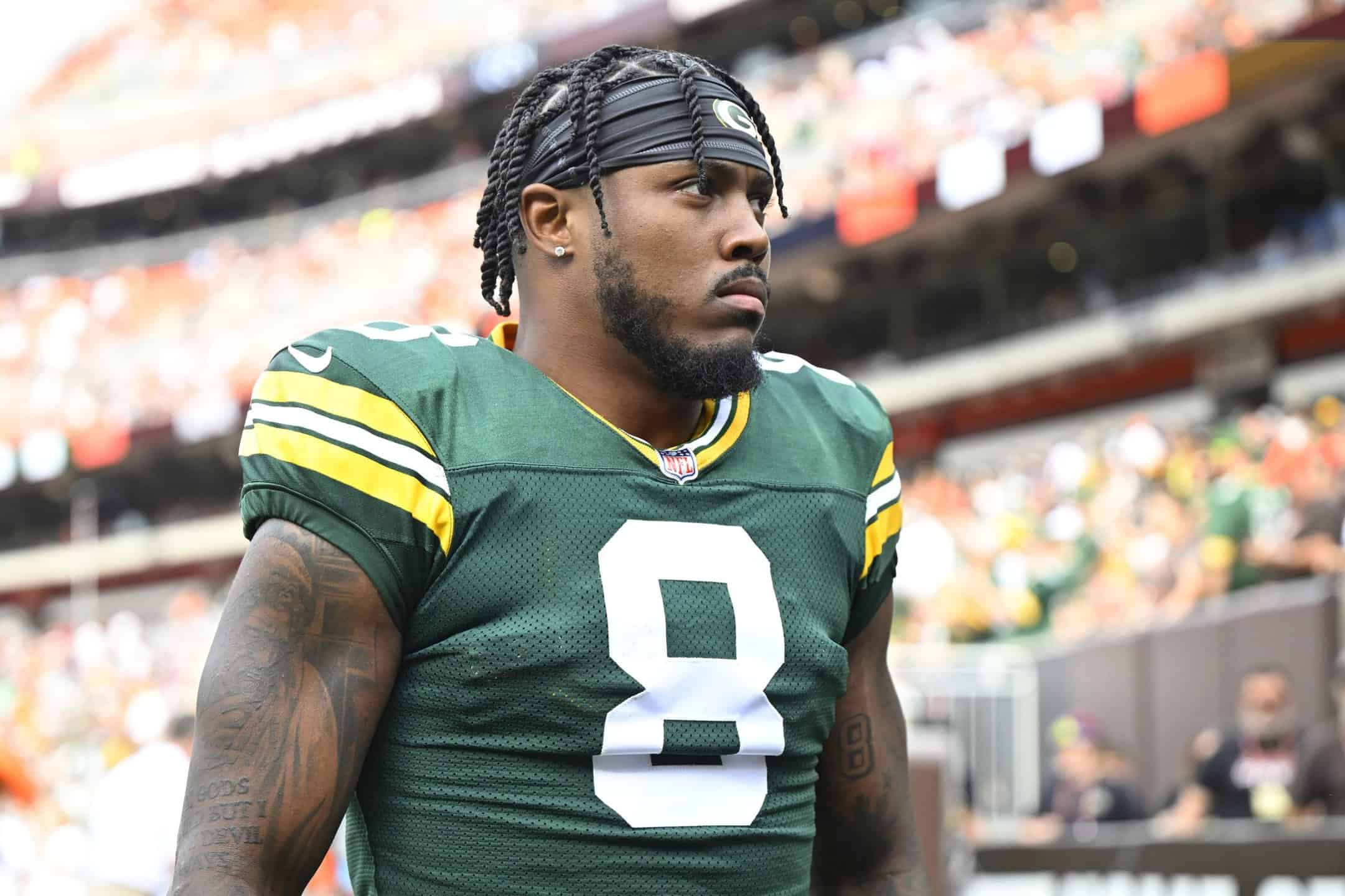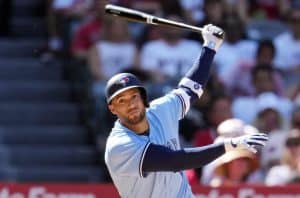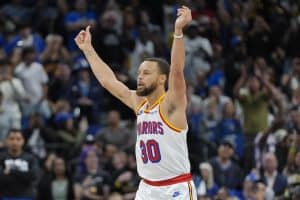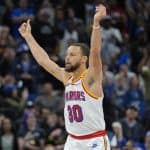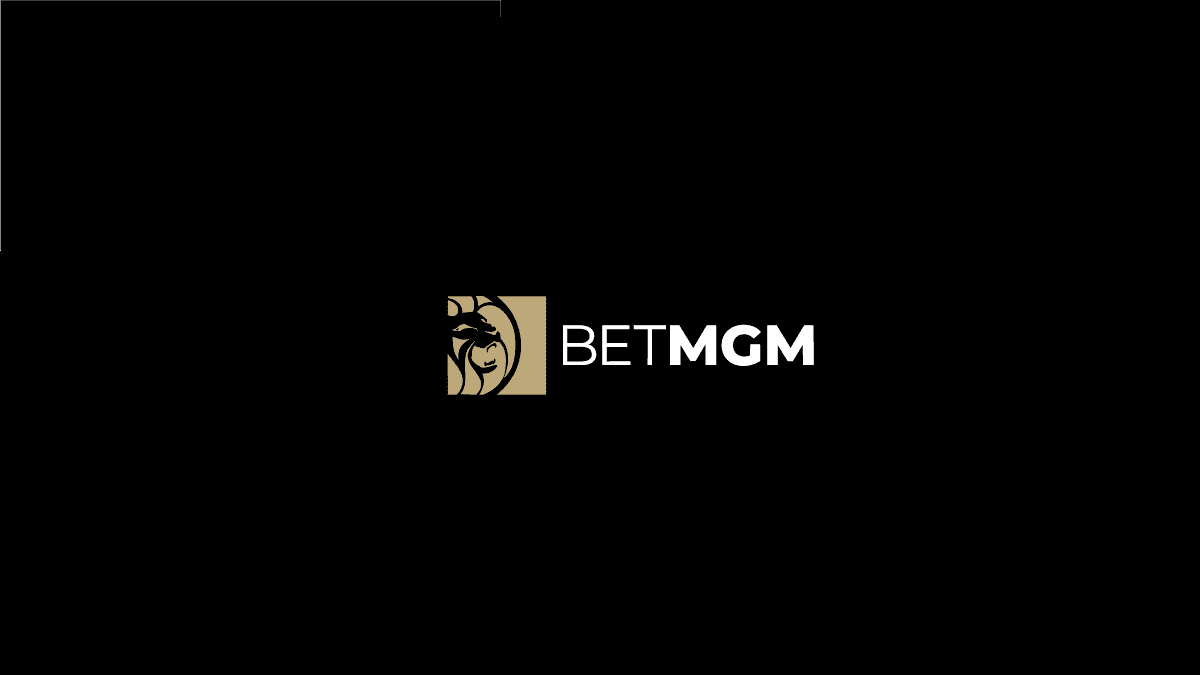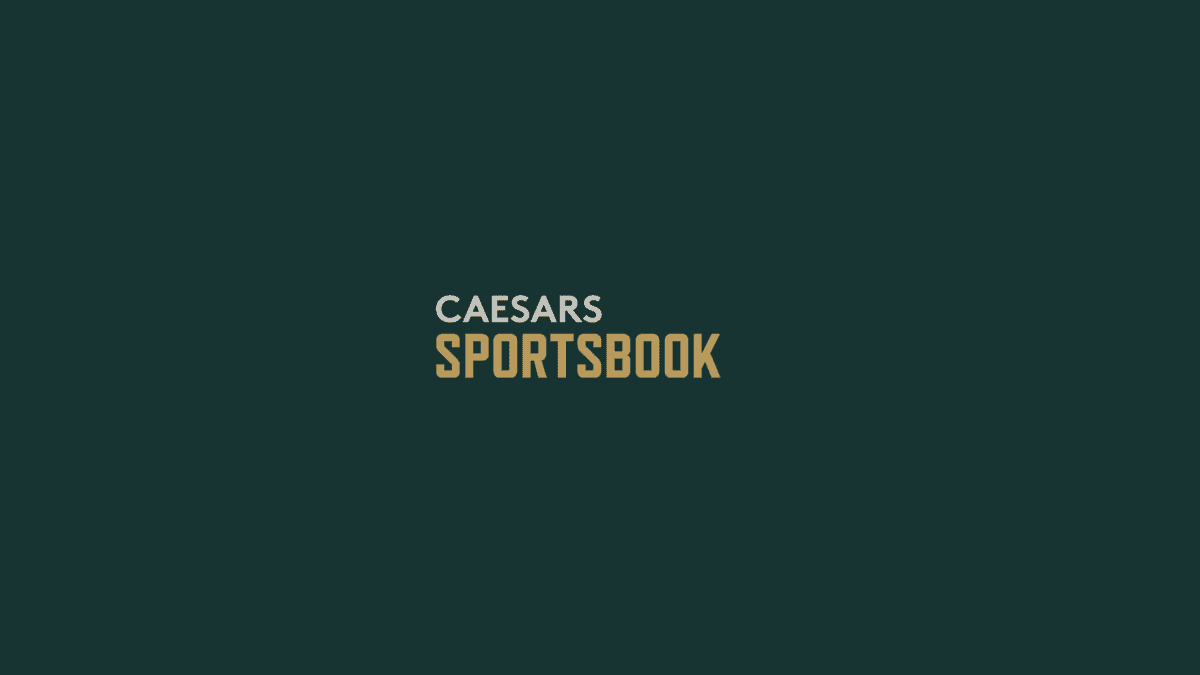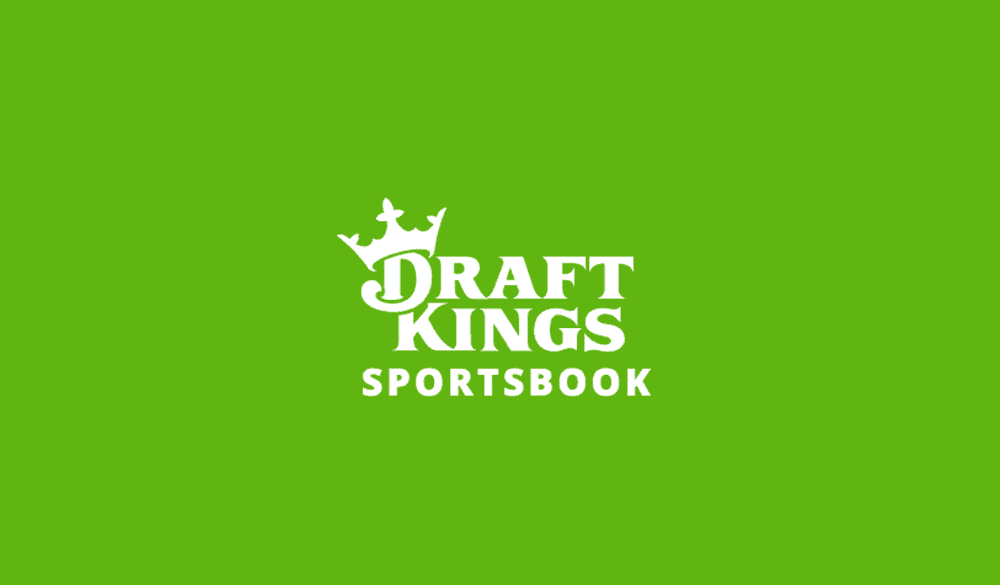In sports betting, understanding market movements is like understanding the tides. Just as the tides can tell you a lot about the ocean, market movements can tell you a lot about the underlying dynamics of sports betting. Let’s get into what market movement (or line movement) is and how sharp and square money affects it.
Why Do Sports Betting Odds Change? Line Movement Explained
What is Line Movement in Sports Betting?
Market movements refer to the changes in betting odds over time. These shifts can happen for various reasons, and understanding them is crucial for any serious bettor. The key is to recognize that not all movements are created equal.
Why Do Sports Betting Odds Change?
Let’s break down the progression of how and why lines move
New Information: Odds can move due to new information, such as player injuries, weather conditions or other factors that affect the game. When this new information first emerges, it prompts an immediate reaction from the bookmakers.
Initial Adjustments by Traders: Bookmakers have traders who quickly incorporate this new information into their models and put out adjusted lines. However, these initial lines are often imperfect because the models may not fully capture the true impact of the new information.
Sharp Action: After the initial lines are released, sharp bettors analyze them. These bettors, with their deep expertise and detailed analysis, identify any remaining inefficiencies in the odds. When they spot value, they place large wagers.
Refining the Lines: The bets placed by sharp bettors provide additional information that helps refine the odds. Bookmakers adjust the lines based on this sharp action, making them more accurate and closer to the true probability of outcomes. This iterative process continues until the lines are shaped to reflect a more balanced and accurate market.
For example, if the initial odds on Team A are +150 after new information, sharp bettors might place substantial bets on Team A, prompting the bookmaker to adjust the odds to +130 or lower to better reflect the true probability.
The Role of Sharp Bettors
Sharp bettors, also known as professional or smart bettors, have a significant influence on market movements. These individuals or groups place bets based on detailed analysis, statistical models and insider knowledge. When sharps place large bets, bookmakers take notice and often adjust the odds accordingly.
Here’s why: Bookmakers respect sharp money because it usually represents informed opinions. If a sharp bettor places a substantial bet on a particular outcome, it indicates a higher probability than the current odds suggest. To mitigate their risk, bookmakers will adjust the odds to reflect this new information. This process is known as “moving the line.”
The Bookmaker’s Dilemma
Bookmakers face a unique challenge. They have to set odds for tens of thousands of betting markets, which leaves them vulnerable to inefficiencies. Sharp bettors exploit these inefficiencies by specializing in specific areas, gaining an edge through detailed analysis and expertise.
Bookmakers use the bets from sharp bettors to identify and correct these inefficiencies. Although they might lose money on the initial sharp bets, the information they gain is invaluable. It allows them to adjust the odds and create a more accurate and efficient market for subsequent bets.
Vulnerability and Specialization
This dynamic is particularly evident in live in-game betting. In these situations, new information is constantly flowing, and there often isn’t enough time for sharp bettors to shape the lines before more new information comes in. Bookmakers rely heavily on their models, making them vulnerable due to several factors:
- Large Attack Surface: Bookmakers have to set odds on a vast number of events simultaneously. This broad scope makes it challenging to maintain accuracy across all markets.
- Trader Experience: The individuals managing the inputs to these models are often not the most qualified for the job. If they were exceptionally skilled, they could make far more money as professional bettors. Instead, many traders are relatively inexperienced employees, possibly just a few years out of college, making $60,000 to $100,000 per year. In contrast, great sports bettors can make hundreds of thousands of dollars annually.
Practical Example
Imagine a bookmaker opens a line with the Packers at +170 and the Eagles at -190
New information that A.J. Brown is injured comes in. The bookmaker’s traders quickly adjust the odds to +150 for Team A and -170 for Team B.

Sharp bettors analyze these initial odds and place substantial bets on the Eagles, believing the true probability of the Eagles winning is higher than the odds imply. The bookmaker responds by moving the line to +130 for the Eagles and -150 for the Packers.
Casual bettors, influenced by their biases or public sentiment, continue to bet on Green Bay at -150.
The sportsbook is comfortable with this imbalance because the line movement was driven by sharp action, which they trust more than public money.
In this example, the bookmaker uses the sharp action to adjust the odds, ensuring a more balanced and accurate market.
Conclusion
Understanding market movements is essential for any serious sports bettor. It’s not just about watching the odds change; it’s about understanding why they change. Recognizing the influence of sharp bettors and the flow of new information can help you make more informed decisions and identify value bets. Remember, bookmakers are constantly adjusting to stay ahead, but by understanding the mechanics of market movements, you can find your edge.
